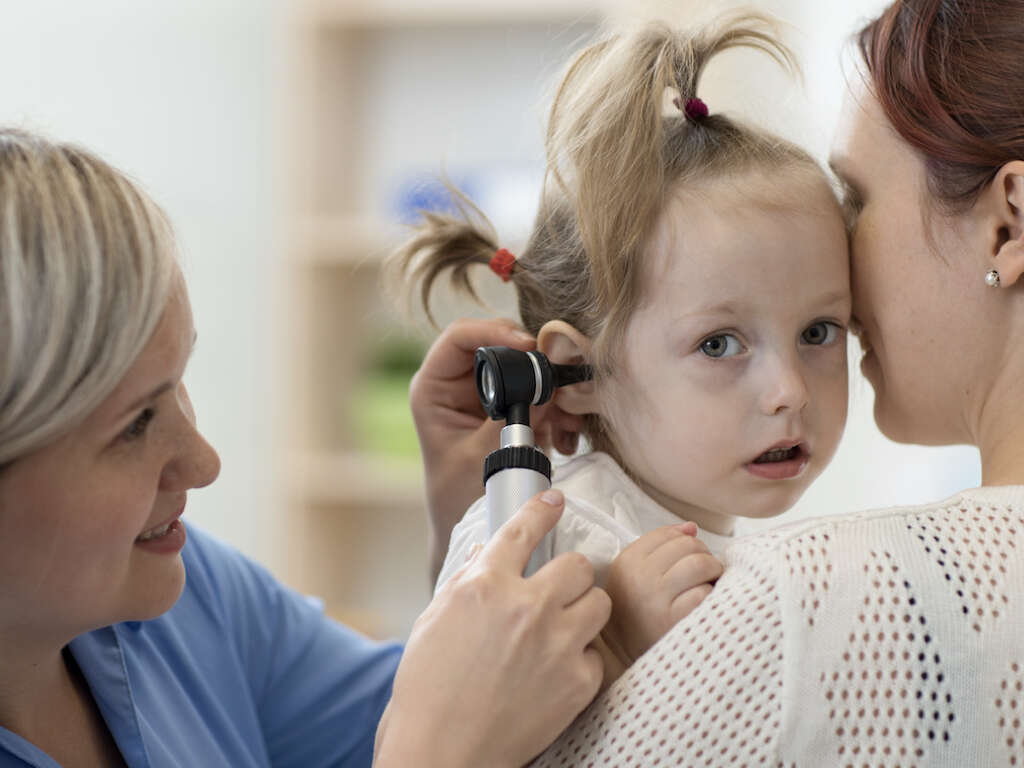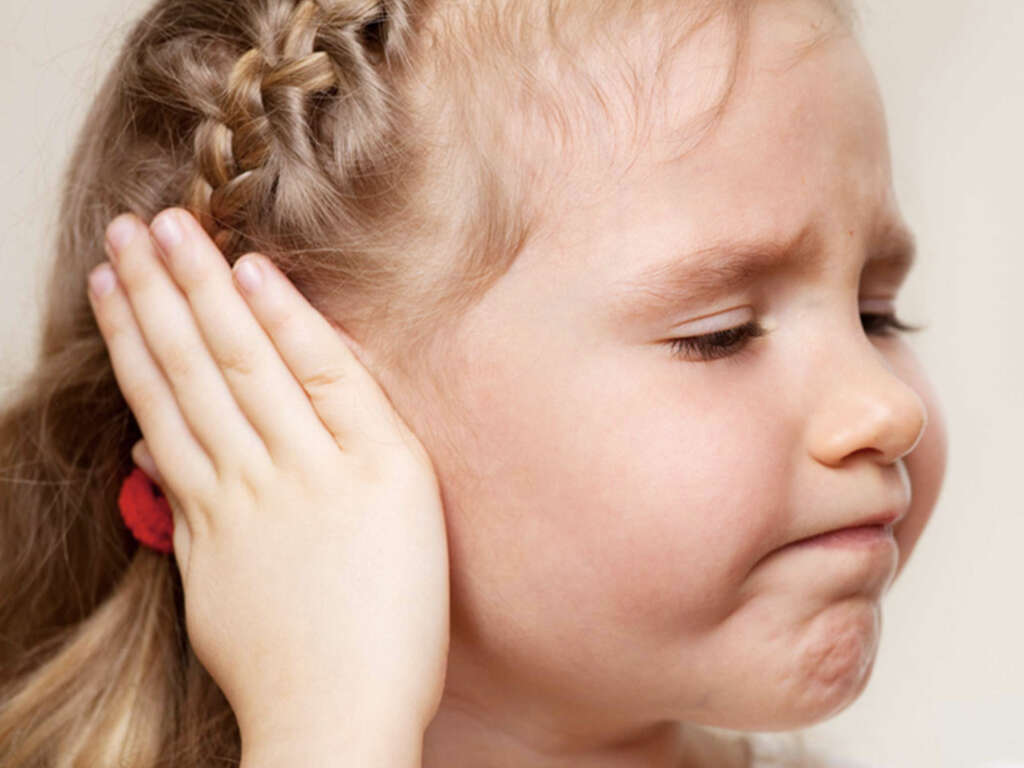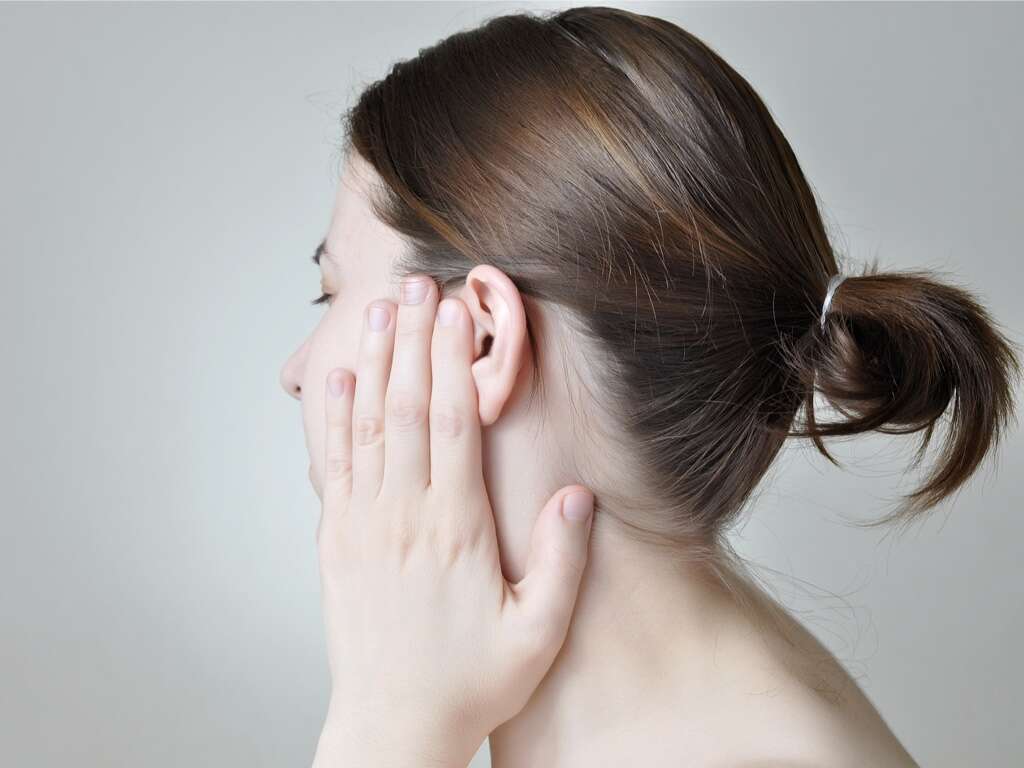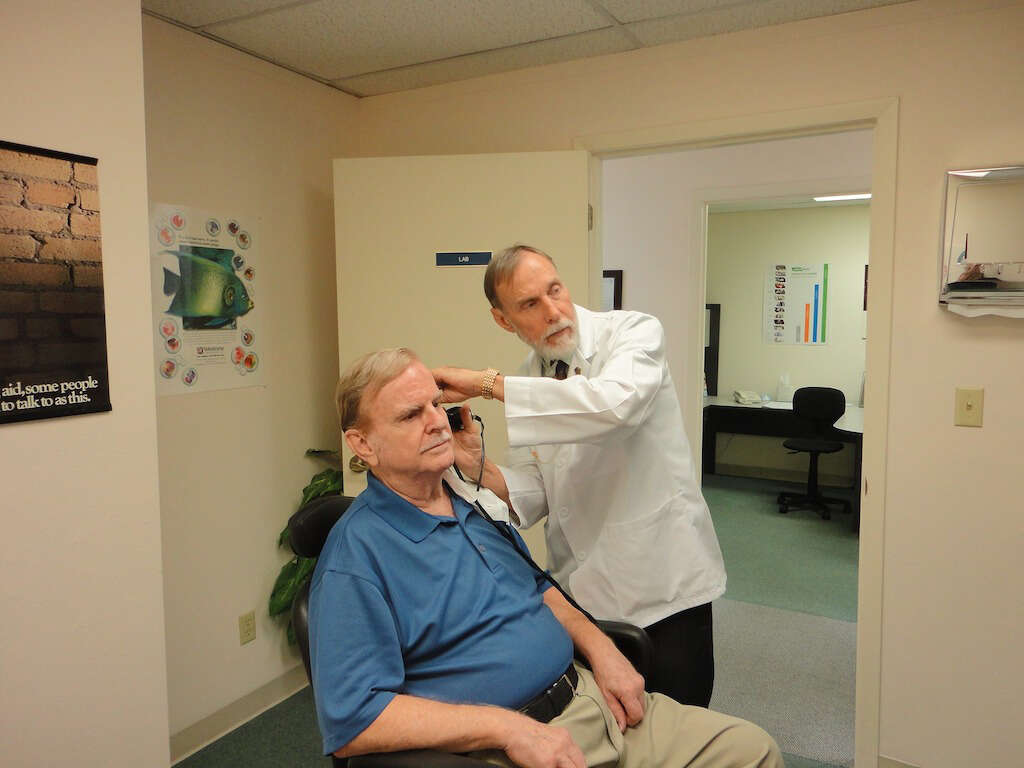10 Symptoms of an Ear Infection
An ear infection or Otitis Media is defined as the inflammation of the middle ear. It is usually caused by bacteria such as Streptococcus Pneumoniae and Haemophilus Influenzae, but it can also be viral (less usual).
It affects mostly children due to their immature immune system and the environmental factors surrounding them. There are many different types of Otitis Media but the most common one is Acute Otitis Media (AOM). The other subtypes are Otitis Media with Effusion, Chronic Suppurative Otitis Media and Adhesive Otitis Media.

Symptom #1: Poor Appetite
Poor appetite or decreased appetite is also known as anorexia. In cases where there is infection, anorexia has been thought to be part of the acute phase response that is triggered by the components of pathogens. Examples include peptidoglycans and lipopolysaccharides from bacterial cell walls, double stranded viral RNA, bacterial DNA, and viral glycoproteins that trigger the release of proinflammatory cytokines.
Some causes of poor appetite include pneumonia, anxiety, appendicitis, cancer, celiac disease, heart failure, and more. In otitis media, there can be pain during swallowing as well which may contribute to the loss of appetite.

Symptom #2: Irritability
Irritability refers to the state where one feels frustrated, aggravated, or prone to anger. It can be seen in high pressure or stressful situations. In young children who are still unable to speak and express themselves, irritability usually means that there is something wrong.
This means that the child is crying more frequently, has a poor appetite, restless, unable to sleep, and becomes fussy. In these cases, parents should take note of the child’s behavior as it may have important hints such as tugging at the ear. Other associated symptoms include fever and possible weight loss.

Symptom #3: Fever
Fever is also known as a febrile response or pyrexia. It occurs when the set point in body temperature is above the normal range. The increase in set point of body temperature leads to muscle contractions and causes the affected individual to feel cold.
This further causes the body to produce and conserve more heat. In young children, a fever can result in a febrile seizure. Fevers can be caused by various conditions such as infections (viral, bacterial, parasitic), meningitis, appendicitis, vasculitis, deep vein thrombosis, and more. It can be treated with antipyretics such as paracetamol (acetaminophen) and NSAIDs.

Symptom #4: Hearing Loss
Hearing loss or hearing impairment refers to the reduced or complete inability to hear. Hearing loss can occur in one or both ears. It is important as hearing loss in children can affect their ability to learn and to speak. In adults, it results in reduced quality of life and can contribute to loneliness.
Hearing loss associated with Otitis Media should be mild and mostly affect one ear. It usually resolves fairly quickly after proper treatment is administered.

Symptom #5: Ear Discharge
Ear discharge or otorrhea refers to fluid that comes out of the ear. The ears discharge earwax, an oil that is naturally produced to prevent bacteria, dust, and other foreign bodies from entering the auditory canal. In middle ear infection or otitis media, the fluid builds up behind the eardrum. The accumulation of fluid increases the risk of perforation of the eardrum resulting in ear discharge.
Ear discharge can be seen in Otitis Media and Chronic Suppurative Otitis Media as well and the risk of perforation of the eardrum is increased exponentially. Many conditions like Otitis Externa, can also cause ear discharge, therefore it is important to seek medical attention for proper diagnosis.

Symptom #6: Ear Pain
Ear pain or earache refers primarily to pain that occurs in the ear. Most causes of ear pain are not serious and can occur because of injury or infection. Pain from the temporomandibular joint and throat inflammation can also cause referred pain to the ear. Other associated symptoms for ear pain include dizziness, hearing loss, ringing in the affected ear, and loss of weight.
Management for ear pain includes the use of painkillers, antibiotics, and surgery in some cases. In younger children who are not able to express themselves verbally, ear pain may manifest as constant crying or tugging at the ears.

Symptom #7: Cough and Runny Nose
Since ear infections can also be caused by viral infections, upper respiratory tract symptoms such as cough and runny nose may precede the ear infection. A cough is a repetitive and sudden reflex that occurs in the throat as an attempt to clear the breathing passages of fluids, irritants, and foreign particles.
A runny nose or rhinorrhea occurs when the nasal cavity is filled with mucus. Other symptoms of an upper respiratory tract infection include sore throat, nasal obstruction, fever, headaches, sneezing, and more.

Symptom #8: Poor Sleep
Many patients with middle ear infection experience poor sleep as the pain can be worsened when they lay down as the fluid shifts in the ear. In children, poor sleep can contribute to irritability.
During the day, the head is vertical and actions such as yawning and chewing helps fluid drainage from the eustachian tubes. Laying down at night makes it harder for the tubes to drain and may explain why the earache is worse at night.

Symptom #9: Headaches
Headaches are a common symptom associated with Otitis Media. As the pain in the middle ear increases, it can spread to neighboring regions and cause a mild headache.
Patients suffering from Otitis Media may also develop a fever and this will contribute to the appearance of headaches as well.

Symptom #10: Nausea
Nausea describes an uncomfortable and unpleasant sensation where one has the urge to vomit. Although there is no pain, it can be a debilitating symptom as it causes discomfort on the abdomen, chest, and throat. Nausea is nature’s way of discouraging the person from repeating the actions that may have caused this symptom.
It is a non-specific symptom that can occur in motion sickness, pregnancy, migraine, dizziness, low blood sugar, gastroenteritis, and more. It can be managed using antiemetics such as promethazine, ondansetron, and metoclopramide.












